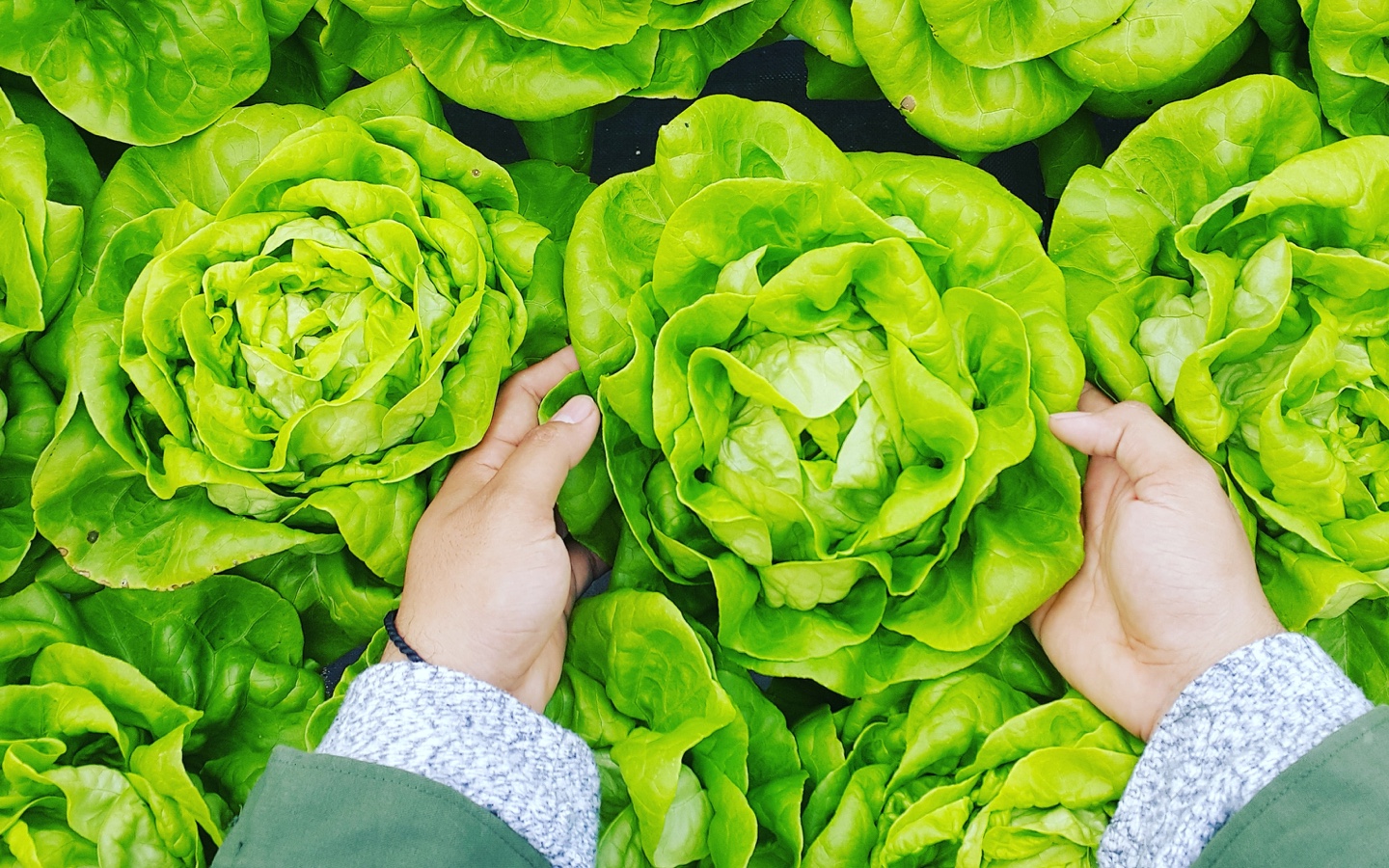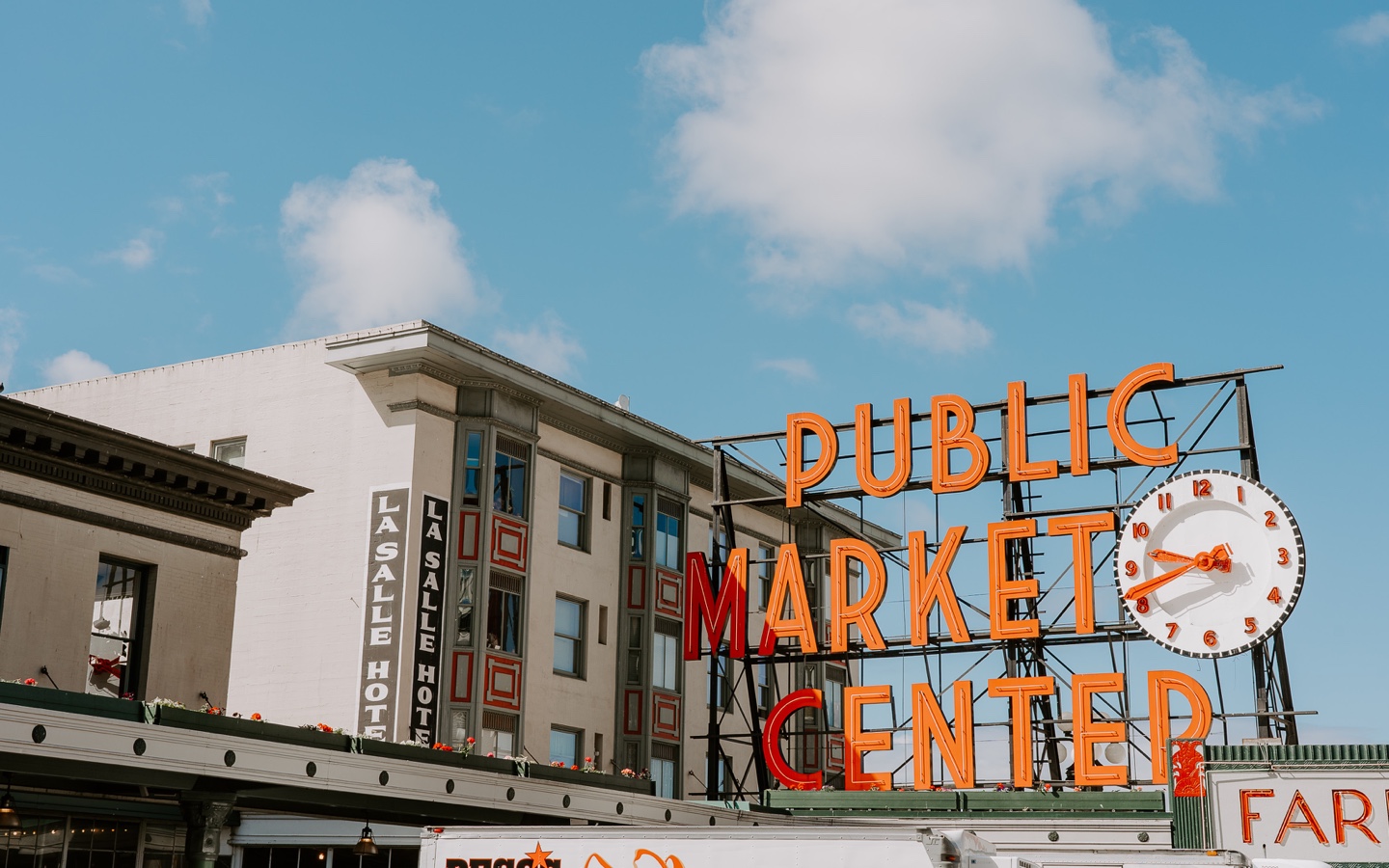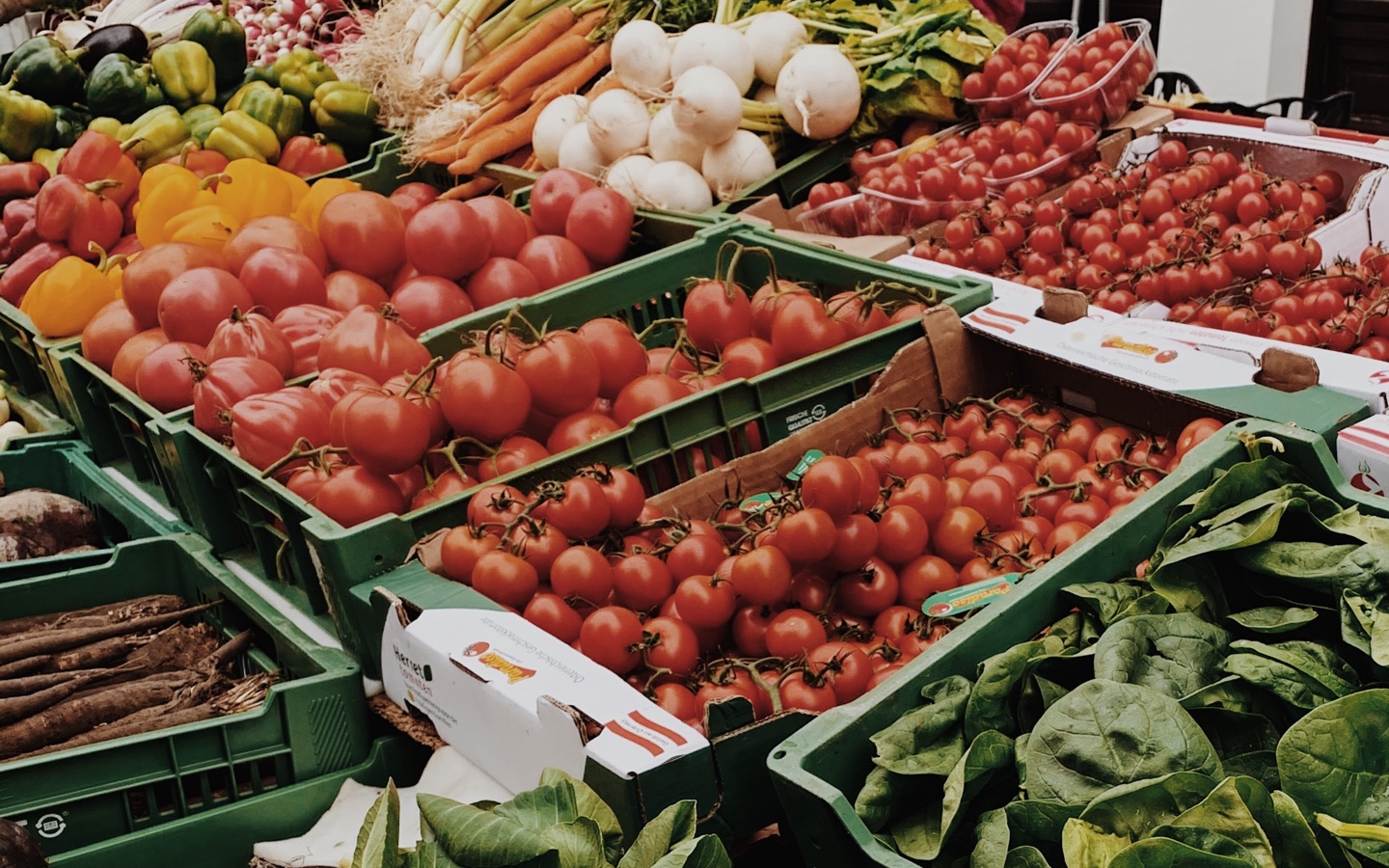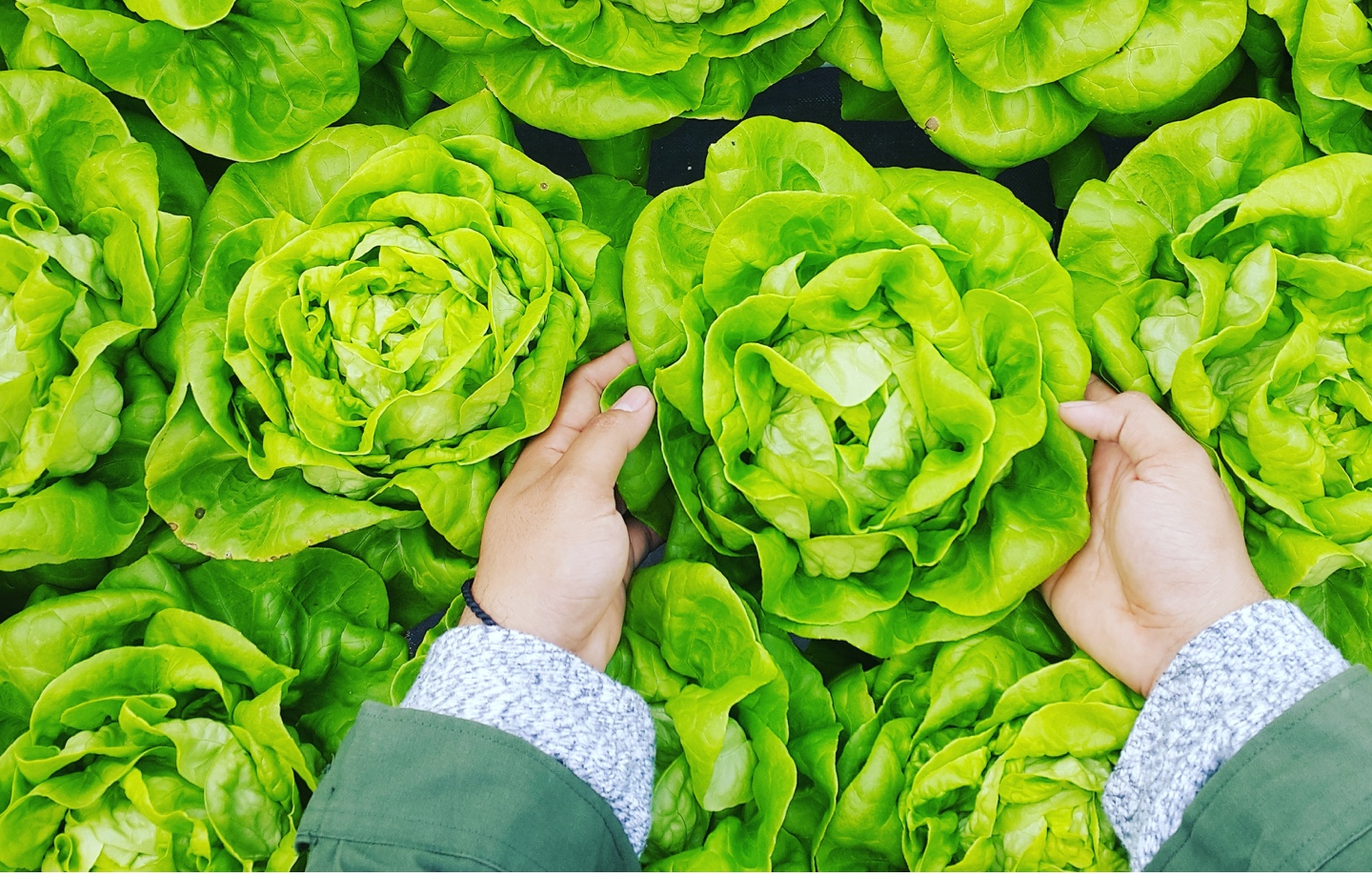Do you know where your food comes from? Depending on where you live, the answer to that question could be very, very different; perhaps you’re lucky enough to have access to a local farmers’ market or co-op that stocks all locally-grown goods, maybe you make a weekly trip to a big, brightly lit supermarket, or maybe still your best and most reliable access to food is the corner convenience store.
Long gone are the days of gathering the ingredients for our meals from small family farms or local grocers that stock goods from those farms, but more and more frequently we’re hearing calls to reconnect to that way of life. For many of us, we’re lucky to be able to purchase at least some of our essentials from local sources, but for many, especially those living in food deserts where access to fresh food is a luxury, the thought of eating locally is a foreign concept, something reserved for those with privilege.

Photo by PHÚC LONG on Unsplash
By all accounts, the food system in America is broken. A quick survey of the produce section at the grocery store can tell you as much about where the apples and oranges came from as who grew them — that is, basically nothing. Blueberries are available all year (flown in from Mexico), bananas are a staple, and what little is available from local growers is relegated to a single measly shelf. Many of us want to connect to the food systems in our local area — from farmers to producers — but don’t know where to start. How do you find farmers when you’re living in a huge city? How do you even begin the process of eating locally?
For many, the answers, or at least the kick-off to even thinking about sourcing our food from a closer radius, begins at the library. The influential books of Michael Pollan are some of the most widely known to make the case for locavore eating, as is Animal
Like Pollan and Kingsolver before her, Robin is a proponent of the local food movement. In Blessing the Hands That Feed Us, she pledges to eat locally — really locally — by sourcing all her food from a 10-mile radius. A big name in the sustainable living space (she’s a TEDxSeattle speaking alumna and previously co-authored Your Money or Your Life, a book about financial independence with a decidedly sustainable spin), Robin resides on Whidby Island in Puget Sound, Washington, where the majority of her book takes place. Upon opening Blessing the Hands That Feed Us, we see a map of the area from which Robin will be sourcing her food — a bucolic setting with several farms and local producers within just a few miles. It sounds lovely, but the skeptic is hard to quiet, “If everyone in the country had such immediate access to fresh, good food, it would be easy to eat local!”

Photo by Erin Hervey on Unsplash
It’s difficult to ignore the privilege in this simple drawing, just as it was with Kingsolver’s work. Still, Robin’s plan to source her food from a 10-mile radius for a month is somewhat more actionable than that of previous authors and thankfully, Blessing the Hands isn’t just about where your food comes from, but who grows it and the community around which it is grown. Because the topic of food encapsulates so much more than simply eating. It has the power to connect us to the wider world and larger conversation surrounding the where and how of it all. Robin posits that by relying on corporations to feed us, we not only distance ourselves from one another but from the planet as well.
Think about the last time you visited the farmers’ market or spoke with someone who grows food. Were you engaged in conversation? Full of questions? Were you excited to try the item you purchased after speaking with the producer? I think about my own shopping habits. We’re lucky in Maine to have year-round farmer’s markets — they just move indoors when the temperature drops below 25°F. The discussions I’ve had with the people who grow the food I purchase and the recommendations I’ve passed along to friends and family (“my sauerkraut guy is second to none, you must try!”) are part of the experience of food that’s grown nearby. We’re not only connecting ourselves with the earth but with our neighbors as well — something that could very well make an impact on the food system. And for those living in areas where fresh food isn’t readily available? The process may be more difficult, but may serve as inspiration to seek out the spaces where food activism is being grown — food is being grown on rooftops, in vacant city lots, in community gardens. These spaces serve as nourishment but also education to show our children where food comes from: not sterile supermarket shelves, but from soil, seed, and hard work.
Blessing the Hands That Feed Us isn’t the be-all, end-all solution, but should serve as an inspiration to think critically about our food, who we’re buying it from, and why we’re buying it from those sources in the first place. If you’re looking to create a food system change in your own neighborhood and community while growing closer to the planet, Vicki Robin’s book could inspire action. Why not make it your next book club read to share the wealth of knowledge she extols — from recipes and tips for eating locally to funny and candid tales of her own 10-mile diet journey?
“How you spend your money is how you vote on what exists in the world.”
-Vicki Robin

Photo by Ashley Winkler on Unsplash
Have you read Blessing the Hands That Feed Us? Have another book recommendation? Share with us on social by tagging @AvocadoMattress and #AvocadoGreenMagazine!

Shop Pillows
The Essential Organic Pillow Collection
Gentle, breathable, non-toxic support.






